On February 3rd, during the second meeting of our Association this year, we had the honor of hosting a remarkable guest—artist, conservator, and restorer of artworks, Józef Stanisław Stec.
He is a well-known artist in Nowy Sącz and the owner of ARStec Art and Conservation Studio, founded in 2007. The Studio specializes in the comprehensive conservation of architectural monuments, artworks, and objects of artistic craftsmanship.
Since 1992, he has lived and worked creatively in Nowy Sącz. A member of the Association of Polish Artists and Designers (ZPAP) since 1989, he adheres to the principle of “the law of good continuity” in life and art. In recognition of his contributions to Polish culture, the Minister of Culture, National Heritage, and Sport, Prof. Piotr Gliński, awarded him the Bronze Medal for Merit to Culture – Gloria Artis.
During the meeting, we had the pleasure of attending a lecture titled “Nawojowa – My Love: Notes on Conservation Work at the Stadnicki Palace.” The speaker shared his experiences regarding the restoration of the palace’s facade:
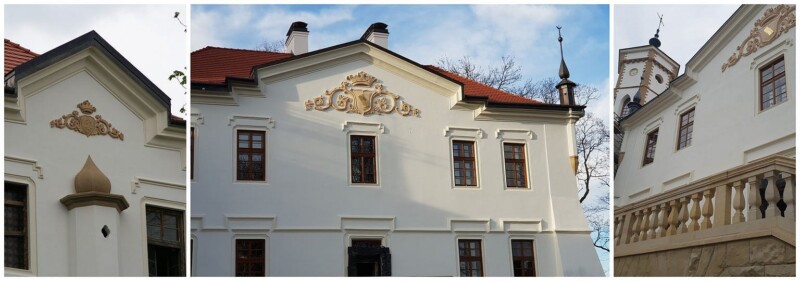
and interiors in Nawojowa:
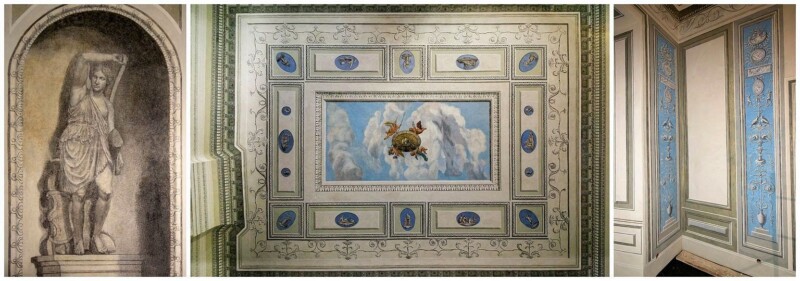
Anyone who has been to or passed through Nawojowa remembers that the palace was once a crumbling and neglected ruin.
In 2013, Krzysztof Mańkowski, a descendant of Count Adam Stadnicki, stated:
“We have a lot of work ahead of us. We want to serve the entire community so that Nawojowa, as in my great-grandfather’s time, once again becomes an important place for the region. It’s not as simple as regaining the palace today and moving in tomorrow. This will take time. A detailed project is necessary because the building has historical value and is under conservation protection. Step by step, we will restore it.”
In 2014, the Minister of Agriculture and Rural Development decided to return the Nawojowa Palace and Park Complex to the descendants of Count Adam Stadnicki. The then-mayor of Nowy Sącz, Jan Golonka, signed the document officially transferring possession of the palace to Andrzej Mańkowski, the heir.
A special company was established to develop a revitalization plan. Its main goal, in line with the owners’ intentions, was to transform the palace into a House of Creative Work, where cultural and scientific activities could flourish.
The project also envisions the creation of a conference, scientific, and business center, as well as a hotel, conference hall, restaurant, and tea house. The park will also be restored, bringing back the design of an English garden originally planned by Edward Stadnicki in the 1840s, which still features old oaks, plane trees, thujas, and cypress trees.
The palace renovation began in 2019, with the Nowy Sącz-based company Erbet carrying out the work. The conservation tasks were entrusted to Józef Stanisław Stec’s company. The building’s facade has been restored, and intensive reconstruction work has been ongoing inside. A clock was installed in the tower, and its interior saw the renovation of historic bricks and numerous polychrome paintings. The window and door woodwork has been reconstructed, and in the oldest wing of the palace, the staircase renovation is underway.
During the lecture, through dozens of photographs, we followed the stages of monument conservation, from its dilapidated state before work began to the remarkable restoration of its facade and interiors, thanks to the conservation expertise of Józef Stanisław Stec and his team.
The main phase of the work has been completed, and its continuation will depend on future commissions from the palace owners. Meanwhile, we were presented with visualizations of the interior finishes, showcasing beautifully designed woodwork. We wish the owners success in restoring the palace to its former glory as soon as possible.
AI, Admin J.S.


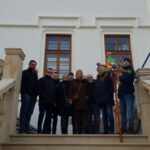

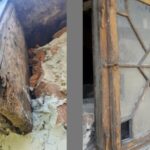

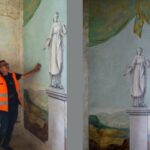
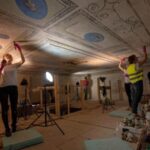
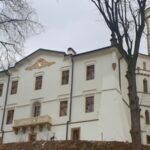
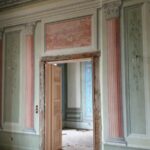

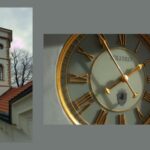
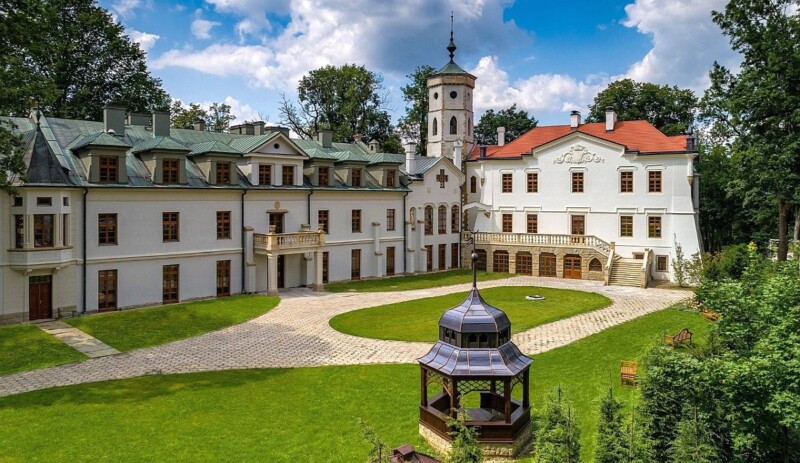
Leave a Reply